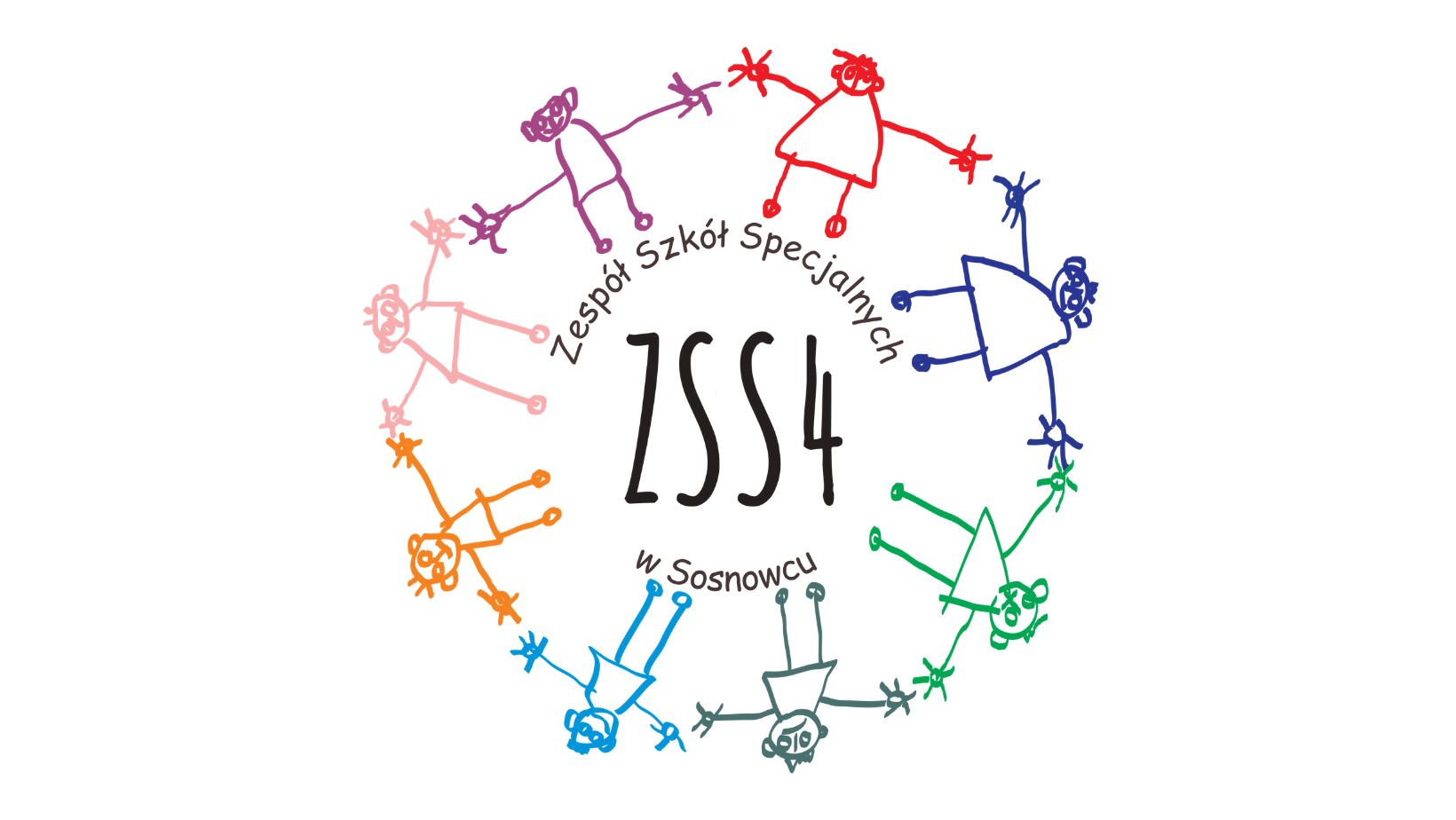As has been pointed out many times, a great challenge in teaching with people with intellectual disabilities is assessing progress and, in the long term, recognizing qualifications. It is very difficult to determine the balance between individualization, adapting requirements to students’ abilities and standards of performing individual activities or the level of knowledge in a given area. There are also not many tools for functional diagnosis that are specifically focused on diagnosing professional skills. When developing a comprehensive strategy for education preparing for work, a proposal for a diagnostic tool could not be missing, which would be in line with the proposed curricula and would allow for effective assessment, both in order to develop the required IPET and WOPFU documentation, but also, or rather, primarily, in order to effectively and realistically plan the students’ development path. For this purpose, a battery of functional tests was developed for each of the workplaces discussed in the project. The tool is an observational scale examining both students’ knowledge of materials, tools, activities, health and safety, etc., as well as a scale assessing the level of mastery of specific professional skills. The teacher has at their disposal a survey sheet containing questions and instructions to perform, as well as an answer sheet in the form of a pie chart. The principle of its completion is modelled on the Gunzburg PAC questionnaires. Thanks to such organisation of results, the general level of skills and knowledge of a given student can be assessed at first glance. The left side of the graph always serves to assess the student’s knowledge, and the right side to assess their skills.
Detailed instructions for using the tool can be found in the individual diagnostic sheets. These sheets are functional diagnostic tools aimed at describing the general functioning of the student in a given area, for this reason they were not standardised. For the process of functional diagnostics in the field of professional skills, reference to broad norms for individual populations is not particularly necessary.
We warmly encourage wide use and modification. We are open to cooperation and further work on the development of this tool.
